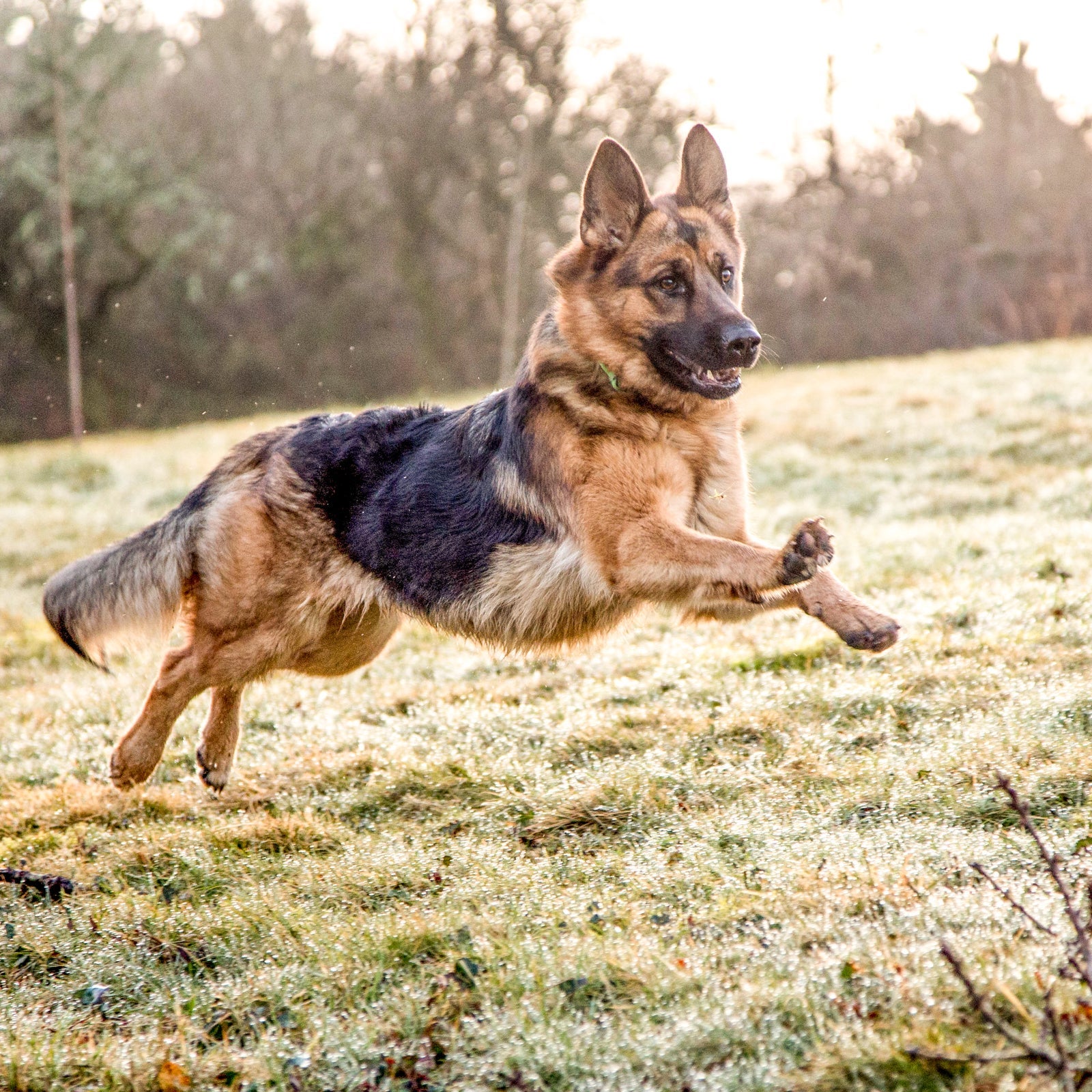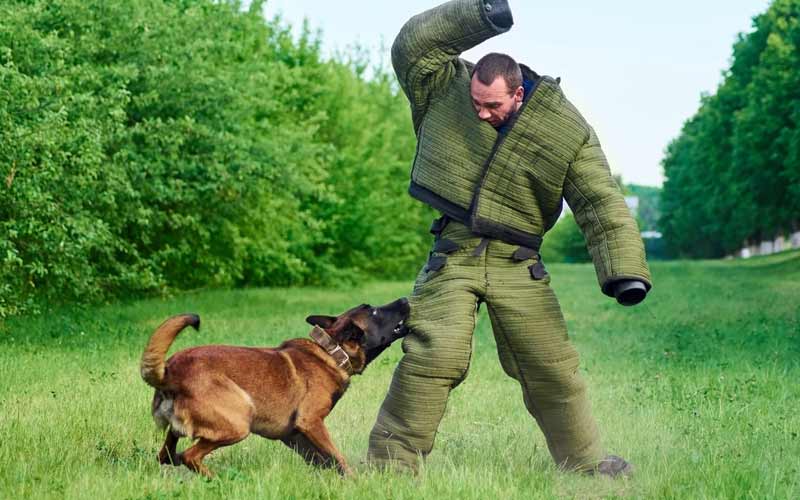Effective puppy Training techniques for your dog’s learning.
Effective puppy Training techniques for your dog’s learning.
Blog Article
Master Essential Commands: Effective Dog Educating Facilitated
Reliable pet training is a basic facet of liable pet dog possession, and understanding crucial commands acts as the structure for a harmonious connection between handler and pet. Commands such as "Sit," "Keep," and "Come" not just assist in communication but also advertise a more secure atmosphere. Utilizing positive support approaches can enhance the understanding experience, yet several deal with difficulties in achieving regular results. Understanding the subtleties of canine habits and the training process is crucial; nevertheless, the journey to a trained pet dog typically presents unanticipated obstacles that require focus. What methods can really change these difficulties into possibilities for growth?
Comprehending Your Dog's Habits
To realize the nuances of reliable pet training, it is essential to break down and assess your canine's habits. Dog training. Recognizing the motivations behind your pet dog's activities is essential; actions can stem from impulse, anxiety, excitement, or a wish for interest. By observing your pet in various circumstances, you can recognize patterns that might indicate underlying emotions or requirements
For circumstances, a dog that barks excessively may be revealing dullness, anxiety, or a need for social interaction. On the other hand, a pet that exhibits damaging habits could be looking for excitement or remedy for stress. Recognizing these triggers allows you to tailor your training method successfully.
In addition, it is vital to consider the dog's breed attributes, as they can affect habits dramatically. Some breeds are predisposed to specific characteristics, such as herding or safeguarding impulses, which can influence their responses to certain stimuli.
Lastly, consistency in your actions to your pet's actions cultivates a far better understanding in between you and your animal. This shared understanding is foundational for developing trust and assisting in a reliable training process that nurtures both behavioral modification and favorable support.
Important Commands to Instruct
Teaching vital commands is a basic facet of efficient pet training, supplying the structure for a mannerly and responsive pet. These commands not just improve communication in between the proprietor and the canine yet likewise guarantee safety in numerous atmospheres.
The most critical commands consist of "Sit," which encourages your pet to continue to be stationary and tranquil; "Remain," which enhances the idea of remaining in one area up until released; and "Come," which is crucial for recalling your pet from potentially dangerous circumstances. "Down" teaches pets to rest, advertising relaxation and control, while "Leave it" aids avoid pets from grabbing harmful or undesirable items.
" Heel" is one more important command that motivates your pet to walk very closely beside you, enhancing chain manners. Last but not least, "No" serves as a critical boundary-setting command, assisting to deal with undesirable habits.
Training Strategies for Success
Effective pet dog training counts heavily on utilizing a selection of strategies that cater to both the dog's understanding design and the owner's training goals. One crucial strategy is positive reinforcement, which includes fulfilling desired behaviors with deals with, appreciation, or play. This approach urges the dog to repeat those habits, promoting a solid bond in between proprietor and pet.

Another effective technique is remote control training, where a distinctive audio, made by a remote control, notes the precise moment a canine carries out a wanted activity. This exact timing assists canines connect the behavior with the reward, boosting their understanding.
Uniformity is vital in all training techniques. Establishing clear commands and maintaining the very same hints helps the dog understanding expectations more quickly. Furthermore, short, interesting training sessions protect against dullness and increase retention.
Including socializing chances is also essential. Subjecting pets to different environments, individuals, and other pets assists them create confidence and flexibility.
Finally, patience plays a substantial function in effective training - Dog training. Each canine finds out at their own pace, and recognizing this can result in an extra pleasurable training experience for both the proprietor and the canine. Applying these techniques will certainly set the structure for effective pet dog training
Usual Difficulties and Solutions
Despite the most effective training strategies, dog owners typically run into typical obstacles that can hinder progress. One common problem is variance in commands and signs. When member of the family make use of various commands for the same behavior, it confuses the canine, resulting in inconsistent responses. The service lies in establishing a unified technique among all member of the family, making sure that everybody makes use of the very same terms and signals.

Furthermore, some canines may exhibit stubbornness or lack inspiration. This can frequently be resolved by integrating favorable reinforcement methods, such as deals with or praise, to urge wanted behaviors. Customizing incentives look at this site to what your canine discovers most motivating can substantially boost their involvement.
Lastly, concern or anxiousness can hinder development in training. Identifying signs of anxiety and readjusting the training speed accordingly is important. Utilizing steady direct exposure to feared stimuli can assist construct self-confidence in you could try here time, assisting in an extra effective training experience.
Maintaining Consistency and Persistence
Consistency and patience are extremely important in dog training, as they create the structure for accomplishing enduring behavioral changes. Pets grow on routine and clear expectations; hence, keeping a constant method in commands, rewards, and corrections is crucial.
Similarly important is the duty of perseverance. Training a dog is not a rapid procedure; it requires time and rep. Pet dogs, similar to humans, have differing discovering paces and might not understand commands immediately. Trainers have to acknowledge this and remain tranquil, offering inspiration instead than aggravation. Favorable reinforcement plays an important role here, fulfilling preferred actions and assisting to cultivate a relying on relationship between the my website pet and trainer.
Final Thought
Grasping vital commands is essential to reliable pet dog training, fostering improved communication and enhancing favorable actions. The application of positive reinforcement methods, combined with consistency and persistence, dramatically boosts the training experience for both the canine and handler. Addressing common obstacles with functional solutions additionally supports the training process. Eventually, a well-trained dog not only exhibits etiquette yet additionally establishes self-confidence, adding to a harmonious relationship in between the canine and its proprietor.
Report this page